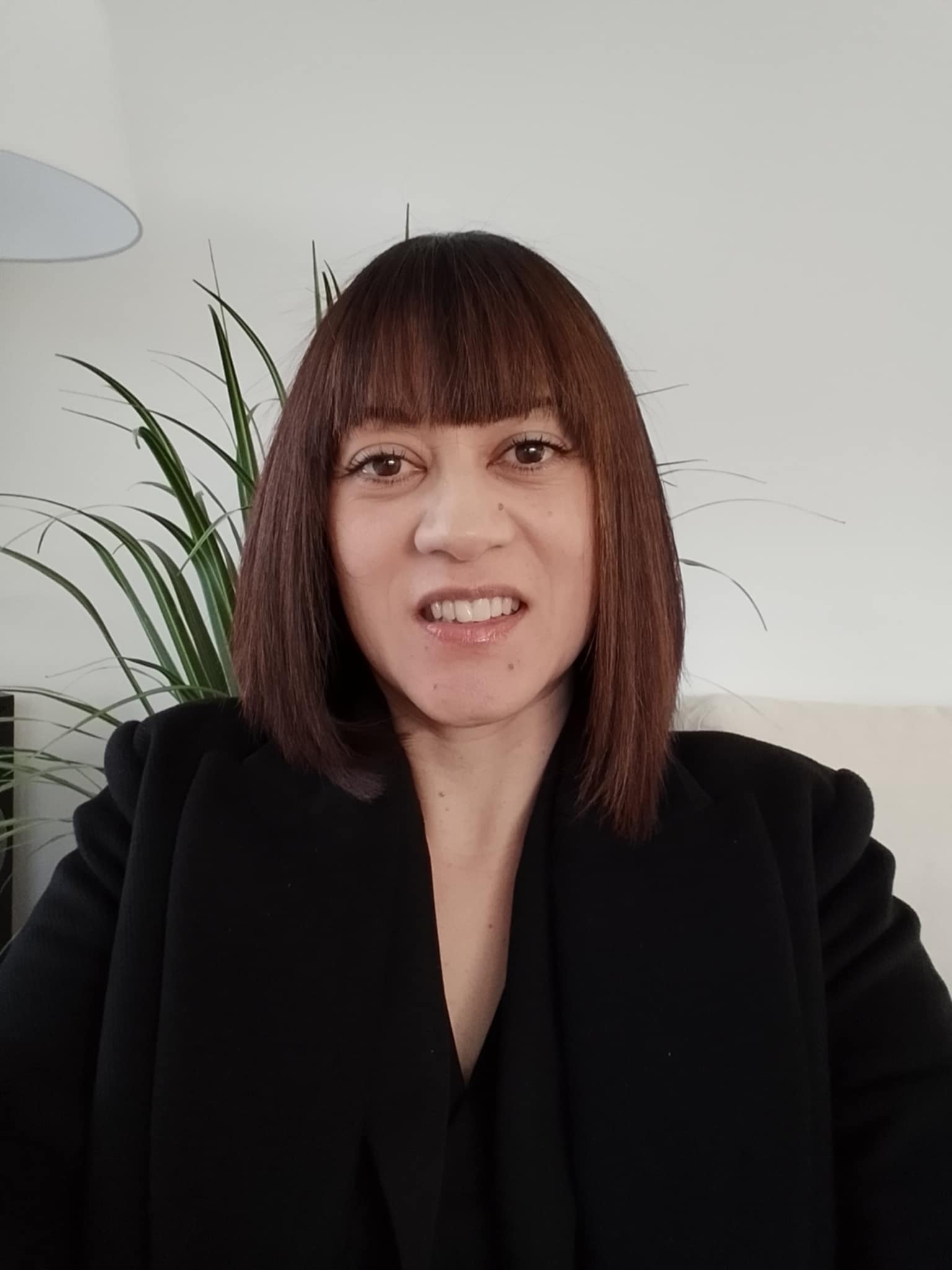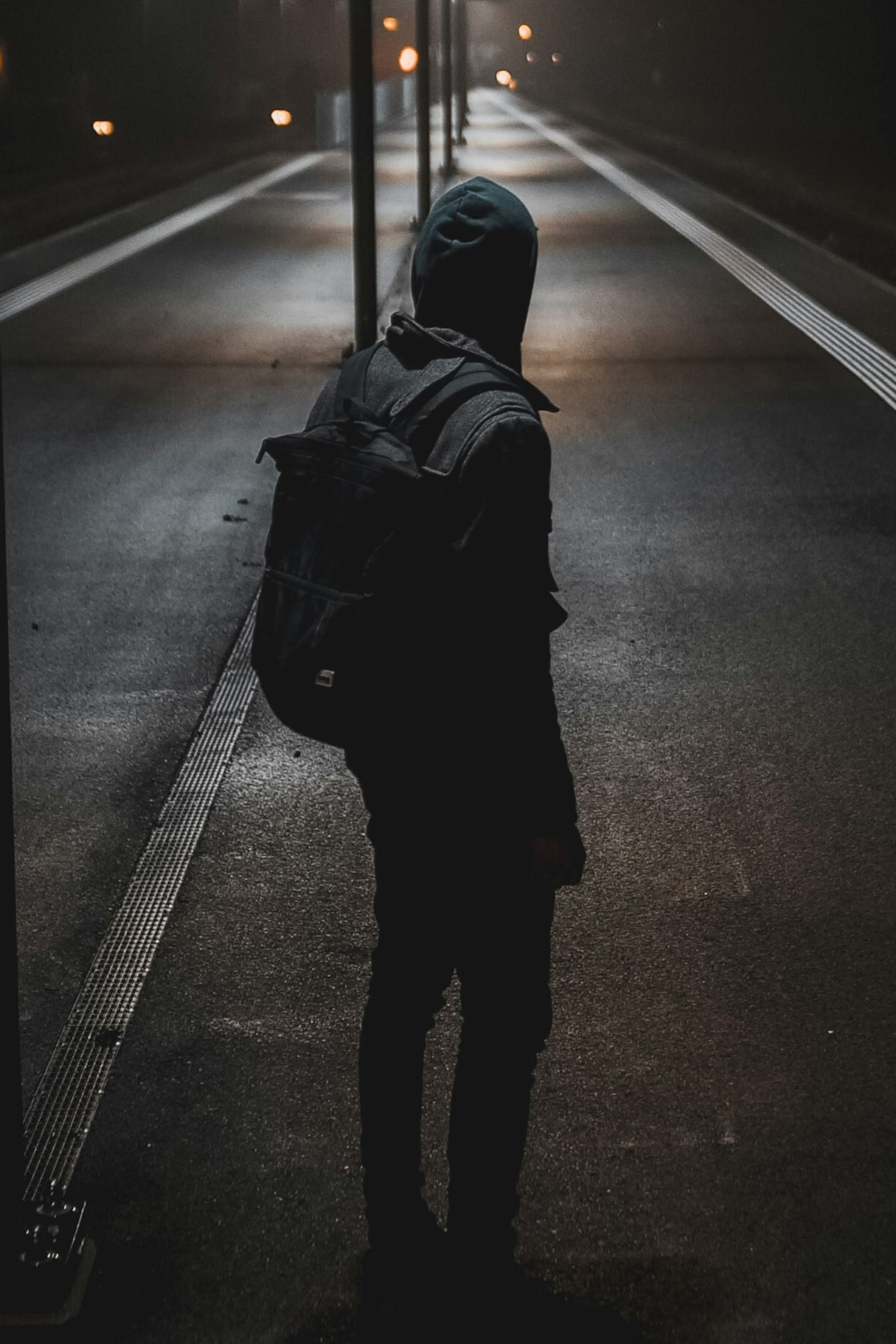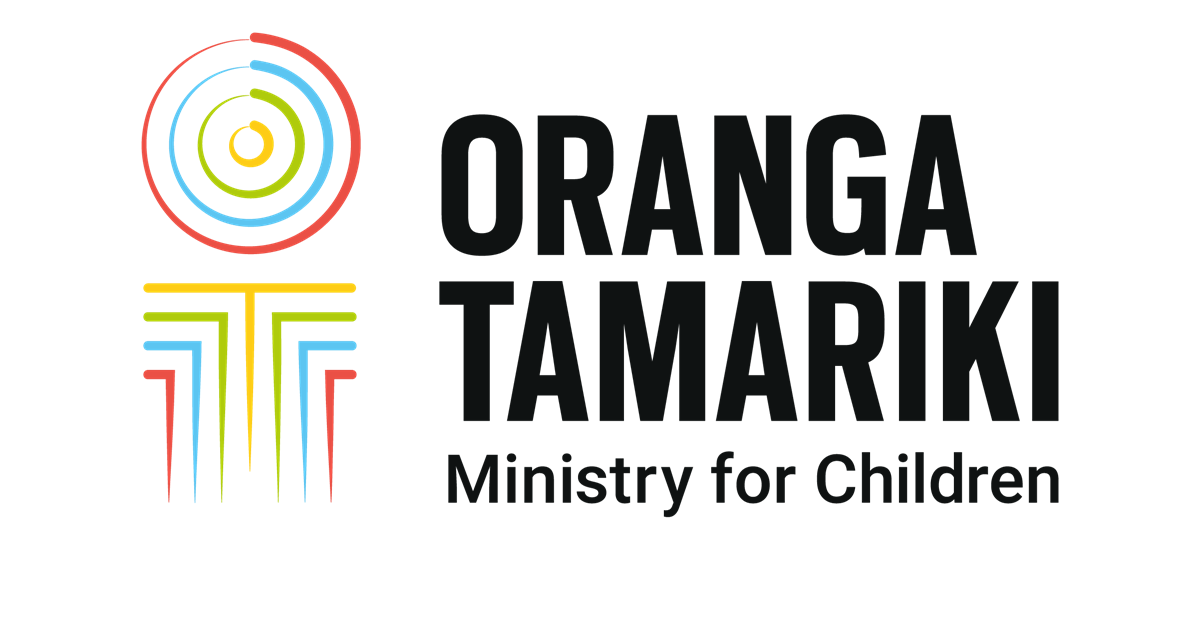Empowering at-risk youth to make positive choices
Published: June 5, 2025
Read about a specialist team from the perspective of a youth judge and legal advocate.
Tony Fitzgerald has been a Family, Youth Court and District Court Judge for 26 years. Judge Fitzgerald says the work from the Oranga Tamariki Tāmaki Makaurau Specialist Team, Ngā Pā Harakeke, is making a stand-out difference in the lives of young people.
He says the team has been empowering disadvantaged, vulnerable and at-risk tamariki and rangatahi to make positive choices and turn their lives around.
“The Ngā Pā Harakeke team come up with plans to address Care and Protection needs. They support young people out of an Oranga Tamariki Youth Justice Residence, into a suitably supported option with whānau.
“They also make sure the plans support the whānau and people the young person is being placed with,” says Judge Fitzgerald.
Social Worker Numia Korewha says there is a reason why they’re able to do their best to help turn young people’s lives around. It is because there is an expectation for the social workers to work intensively with tamariki and whānau.
“We receive referrals internally from our colleagues at different sites in Tāmaki Makaurau. These referrals are often for tamariki with high complex needs.
“The tamariki come from whānau who have been involved with Oranga Tamariki for many generations so there’s lots of hara (wrongdoing) and mamae within their whānau.”
Youth advocate Vikki Reid on our support approach
Criminal Lawyer Vikki Reid has been practising as a youth advocate since 2015. She has worked with a number of rangatahi appearing in the Youth Court throughout this time.
She says that part of that process requires rangatahi to make amends for their actions. This often includes writing letters of apology to victims and/or if possible, providing a koha.
Vikki says that the Ngā Pā Harakeke team are able to work intensively with rangatahi. They create more meaningful ways of helping them reflect on what they have done and the consequences of their actions.
“A wonderful example of the difference the Ngā Pā Harakere team has made involved social worker Numia Korewha.

“She was able to spend a lot more time with the one young person which included multiple one-to-one sessions completing self-reflection projects to unlock the young person's true potential. This played a major role in the young person's rehabilitation prospects,” says Vikki.
She says it also encouraged motivation and willingness on the part of the young person to create and put real effort and time into the young person’s apology pieces of artwork. Rather than the usual letters of apology, the young person over many hours created several individual pieces of artwork for each victim.
Vikki says “this not only provided a healing journey for the young person but it also provided something truly special to each victim. It also positively impacted the outcome of the young person's case in the Youth Court.”
How the team work with young people
The Ngā Pā Harakeke team is based in Grey Lynn alongside other Tāmaki Makaurau Specialist Teams (TMS). The caseloads the social workers hold, provide them with the time to build relationships with the tamariki and whānau.
Numia says, “given that our whānau are based in different areas of Tāmaki, it means we spend a lot of time working with stakeholders and community providers across the Tāmaki region.
“For example, we have court appearances in Waitakere, Auckland City, Manukau and Papakura. It means we are not only working with community providers, but also police and lawyers from West Auckland, South Auckland and Central Auckland.”
She says managing both Care and Protection and Youth Justice files can be challenging. As a Care and Protection social worker they have an obligation to ensure safety (first) and the best interests of the young person within a context of their whānau.
“As a Youth Justice social worker we are working with tamariki who cause harm, so the focus is on addressing the harm caused and preventing further offending. We have to consider accountability and public interest all within court timeframes which can be challenging but it is doable.”
She also says, “since I joined, it’s been an absolute roller coaster of highs and lows, learnings, crying, early mornings, late nights, a lot of travelling, a lot of meetings and consults, a lot of admin which takes up a lot of the time, also time spent with the tamariki and whānau that we work with.”
Crossover between Youth Justice and Care a major issue
Judge Fitzgerald says every year statistics show that more than 90 percent of all children and young people referred to Youth Justice Family Group Conferences also come with some Care and Protection status.
“That sends a powerful message that we need to see a crossover between Care and Protection and Youth Justice. The Ngā Pā Harakeke team see the interplay between the Care and Protection issues and the way in which that has led this child or young person to enter into the Youth Court and be aware that any plan we make for that child or young person, the Youth Court needs to be in harmony with whatever the plan is in the Family Court and not just to support them, but whanau who they’re living with.”
Crossover cases in Youth Justice and Care and Protection occur because young people with complex needs, often stemming from factors like trauma, neglect and substance abuse are more likely to be involved in both systems.
Judge Fitzgerald says this overlap highlights the need for improved coordination and understanding between the two systems to address the root causes of these issues.
Judge Fitzgerald on the impact of ignoring the crossover
Judge Fitzgerald says:
“I’m old enough to know why Care and Protection and Youth Justice were kept totally separate. But I’ve always tried to fight against that because of the problems I think that separation creates in the lives of children.
And that’s where the good work of Ngā Pā Harakeke comes in because they’ve been able to provide crossover in terms of what’s needed for these young people who are involved in either Youth Justice or Care and Protection.
I remember meeting a 14-year-old boy. He came into the youth court facing several charges, he had a long care and protection history from a young age like exposure to terrible family harm, parental drug abuse and from a young age he learnt to deal with that trauma by often leaving the home at night, where he wasn’t feeling safe because of what was going on and he’d walk the streets.
What was interesting was in a report that was done years later, he was asked what was that about? And he said, I used to go out and walk, and I’d walk cos it would usually make me tired enough to sleep.
So, when he was about 8 or 9, he was found sleeping in a school ground by police who made a notification. So that was his background, his care and protection background. He got to 14 and he got into trouble.

The police charged him to bring him to court. Because he was in need of care and protection, he didn’t have a readily available place. He was in residence for a while. At 14 years old how traumatic would that be. And then he got placed in a community placement, but it was in a part of Auckland where he’d never been before.
He went to a school in a community where he would have been the odd one out and he was bullied at the school and so this was quite traumatic. So what do you think he did to deal with the trauma in his life? He’d do what he always done which was go out and walk at night, but he was in the youth court now and he was on bail with a curfew.
Going out and walking at night was now being looked at as absconding and breaching bail. So, when the police found him, this time it was arresting him and he didn’t take that well, he pushed back against them, and they were opposing his bail. I thought, you know, we need to be a bit more thoughtful about what’s going on in these children’s lives and don’t just assume that the behaviour is bad attitude. But what I’m saying is he came into the Youth Justice system and up to that point his habit of going out and walking at night was a care and protection issue, it was how he dealt with trauma in his life.
He did exactly the same thing with the trauma in his life when he was old enough to be charged with offending. And all of a sudden, it’s a reason to lock him up in a youth prison, and that’s just to try and illustrate what I’m saying.
His is just one example of a case that was the motivation for a crossover list. I thought if that history had been known in the youth court it should have made a complete difference to how we managed his behaviour.”
Understanding is key to the work of Ngā Pā Harakeke
Numia says it’s important for the team to understand where the tamariki have come from to ensure they are placed in the right environment.
“They are super young and many of the children and families we work with can’t understand that there is a connection between what is going on at home and offending behaviours. At 11, 12 and 13 years old, we know the brain is still developing and then we have to consider other contributing factors to their behaviours like trauma and neurodiversity. It can be a slow and difficult journey,” Numia says.
She says she’s been able to do some incredible mahi alongside tamariki and whānau with incredibly passionate professionals. Mahi that she’s very proud of.
“Mahi that I can, hand over heart say, we gave it our very best. Tika and Pono. A big reason for that is because of the supportive team that I’ve had at the Tāmaki Specialist Teams, the time to make critical social work assessments and analysis and the ability to be creative, innovative and think outside the box.”
Where the name Ngā Pā Harakeke comes from
The team began in August 2022 as a pilot within the Tāmaki Specialist Teams. Initially, they were called the team who work with children who offend or, children with offending behaviour. It was set up as a pilot as a response to the number of Section 14.1.E applications made, post COVID-19 lockdown in 2020.
During the first couple of weeks of the team being created, a wānanga was held at Ngāti Whātua Orakei in central Auckland. It was there the name Ngā Pā Harakeke o Tāmaki was given by Whaea Te Hei Tamaariki.
Numia says, “the name represents the number of layers and the dynamics that we manage in our mahi, with and for tamariki and whānau at the forefront. So, the thinking was that as a team, we would be navigating a number of factors, to then weave together a way forward.”
More information
-
How restorative justice works
, opens in a new window
Learn more about how restorative justice works and the steps for the process on the Ministry of Justice website.
-
Supporting victims
Information on family group conferences: What is an FGC, what happens, why you should take part and who checks the young person follows the plan?
Pdf, 489 KB

